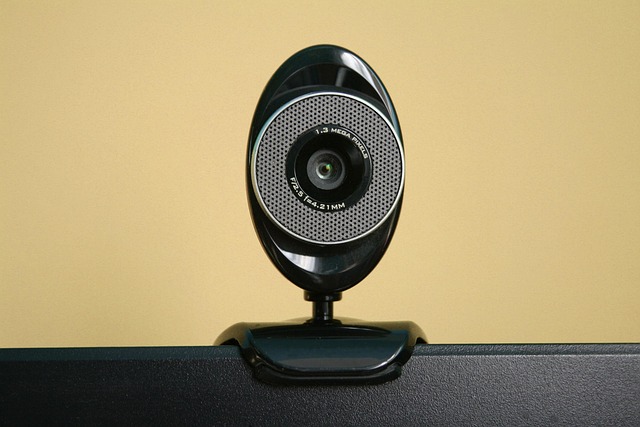
Cameras Everywhere: How Webcams Are Shaping the Future of IT
In today’s digital age, webcams have become an integral part of our daily lives, especially in the realm of information technology (IT). From personal use to corporate applications, the webcam has fundamentally reshaped how we communicate, collaborate, and interact. As we delve into the future of IT, it’s clear that webcams will continue to play a pivotal role in shaping our virtual experiences.
At the heart of this transformation is the rise of remote work and online collaboration tools. With the onset of the pandemic, many businesses quickly adapted to a remote working model, and webcams became essential for meetings, training sessions, and brainstorming activities. This shift has resulted in a rejuvenated focus on video conferencing software, which heavily relies on high-quality webcam technology. The need for seamless connectivity and clear visual interactions has prompted IT professionals to prioritize webcam integrations into their systems.
Moreover, the enhancement of webcam technologies has given rise to innovative applications. For instance, in educational settings, webcams facilitate interactive learning experiences, allowing educators to engage students in real-time, no matter where they are located. The IT sector has witnessed an increase in platforms combining webcams with artificial intelligence (AI) to provide features like virtual backgrounds and real-time facial recognition, further enriching user experiences.
The growing reliance on webcams also emphasizes the importance of cybersecurity in IT. As webcams can be potential entry points for cyber-attacks, safeguarding them has become a critical concern. Organizations are investing more in IT security protocols to protect their networks and ensure that their webcam-equipped devices are secure from unauthorized access. This trend has spurred the creation of software solutions designed specifically for webcam security, showcasing the intersection of hardware and cybersecurity in the IT landscape.
In addition to enhancing communication and learning, webcams have also opened doors to new business opportunities. The rise of live streaming services and virtual events has created a demand for high-quality webcams, driving innovation in hardware design and performance. IT professionals are now tasked with ensuring that these devices work seamlessly with various platforms, highlighting the need for continuous learning and adaptation in a fast-paced technology environment.
Furthermore, the integration of webcams into personal devices—such as smartphones and tablets—has positioned them as indispensable tools for both work and leisure. As content creation is on the rise, from vloggers to influencers, the webcam’s role in broadcasting personal brand stories is undeniable. IT teams are tasked with delivering user-friendly, reliable webcam functionality across devices to meet the needs of a diverse and growing audience.
As we move forward, it’s clear that webcams will continue to shape the future of IT. Their ability to enhance real-time communication, provide security solutions, and support new business models illustrates their ongoing significance in an increasingly digital world. By embracing the advancements in webcam technology, IT professionals can lead the charge in creating more engaging, secure, and innovative experiences for users everywhere.



